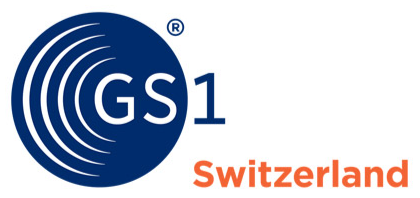Global standards for data exchange
GS1 GDSN® is used for the exchange of master data. Electronic Data Interchange (EDI), on the other hand, is used to digitise and transmit transactional processes such as orders, order confirmations, delivery notes or invoices.
In order for the transmission, distribution and processing of EDI messages to be automated and efficient, a uniform language is required. EDI standards guarantee that the different IT systems can correctly process and interpret the transmitted information.
The global, cross-industry message standard for electronic data interchange is called UN/EDIFACT. The abbreviation stands for Electronic Data Interchange for Administration, Commerce and Transport and was published by the United Nations (UN) in 1986. The standard comprises more than 200 different message types.
Since the UN/EDIFACT standard is very extensive, subsets have been defined for certain user groups. Subsets are called UN/EDIFACT Subset. The subset used in the GS1 system application is called EANCOM. Details can be found under the following link: https://www.gs1.org/sites/default/files/docs/eancom/
EANCOM defines the format in which electronic orders, delivery notes, invoices or so-called master data such as price lists are transmitted and updated. Integrating components of EANCOM messages are the worldwide unique GS1 identification keys such as GLN (Global Location Number), GTIN (Global Trade Item Number) and others.
In Switzerland, a further reduced subset of EANCOM messages is offered in the form of IDEAL messages (https://www.gs1.ch/de/downloads).
Exchange of product master data
The Global Data Synchronisation Network (GS1 GDSN®) is used for the digital exchange of master data, whereby product master data is exchanged globally between manufacturers/suppliers and their trading partners. The GDSN is based on GS1 standards and connects over 50 certified data pools worldwide.
Learn more about GDSN and our solution firstbase, which allows you to easily exchange product master data with your business partners.




